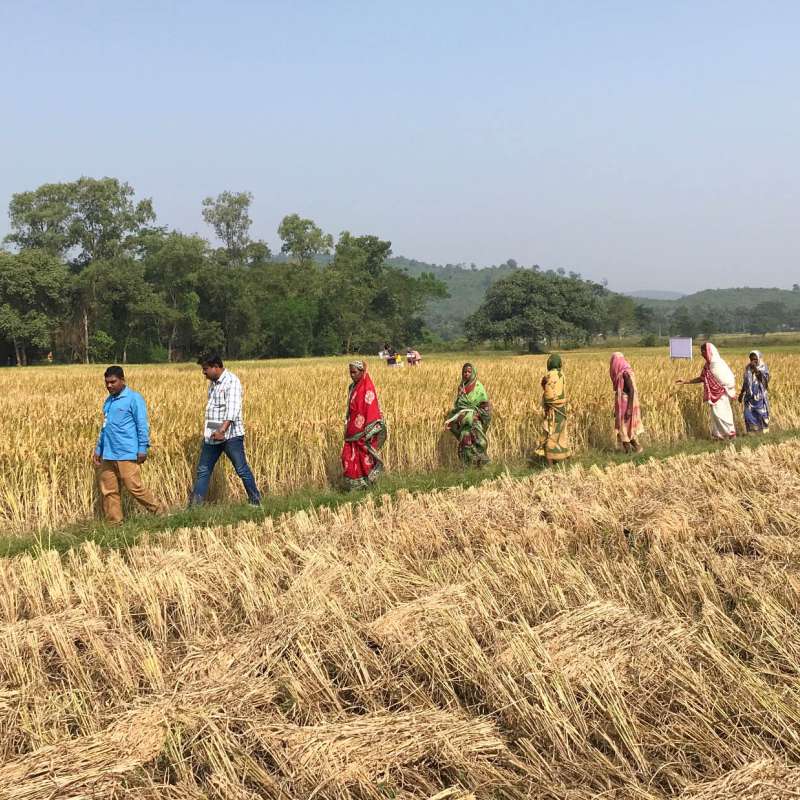Mehreteab Tesfai
Research Scientist
(+47) 998 76 368
mehreteab.tesfai@nibio.no
Place
Ås O43
Visiting address
Oluf Thesens vei 43, 1433 Ås
Authors
Emmanuel Oladeji Alamu Njoloma Joyce Akello Juliet Ngumayo Joel Ray Chazangwe Mehreteab Tesfai Chikoye David Nyoka Isaac Dale Lewis Sekhar Udaya NagothuAbstract
No abstract has been registered
Authors
Emmanuel Oladeji Alamu Michael Adesokan Segun Fawole Busie Maziya-Dixon Mehreteab Tesfai David ChikoyeAbstract
No abstract has been registered
Authors
Kiran Kumar Mohapatra A.K. Nayak R.K. Patra Rahul Tripathi Chinmaya Kumar Swain K.C. Moharana Anjani Kumar Mohammad Shahid Sangita Mohanty Saheed Garnaik Hari Sankar Nayak Simran Mohapatra Sekhar Udaya Nagothu Mehreteab TesfaiAbstract
No abstract has been registered

Division of Environment and Natural Resources
UPSCALE
A transformative climate action through upscaling climate resilient rice and other agricultural technologies supported by evidence-based knowledge and policy in India (UPSCALE).

Division of Environment and Natural Resources
CANALLS Agroecological practices for sustainable transition
Agroecology covers all activities and actors involved in food systems. It also places the well-being of people (producers and consumers of crops and products) at its core. The EU-funded CANALLS project will focus on the agroecological zones and diverse farming systems in the humid tropics of Central and Eastern Africa. It will explore the complex environmental, social and economic challenges, which in some cases are exacerbated by conflict and high vulnerability. Moreover, it will advance agroecological transitions in these regions through multi-actor transdisciplinary agroecology Living Labs at eight sites in four countries. The focus will be on crops such as cocoa, coffee and cassava, which are vital for subsistence and economic development.
